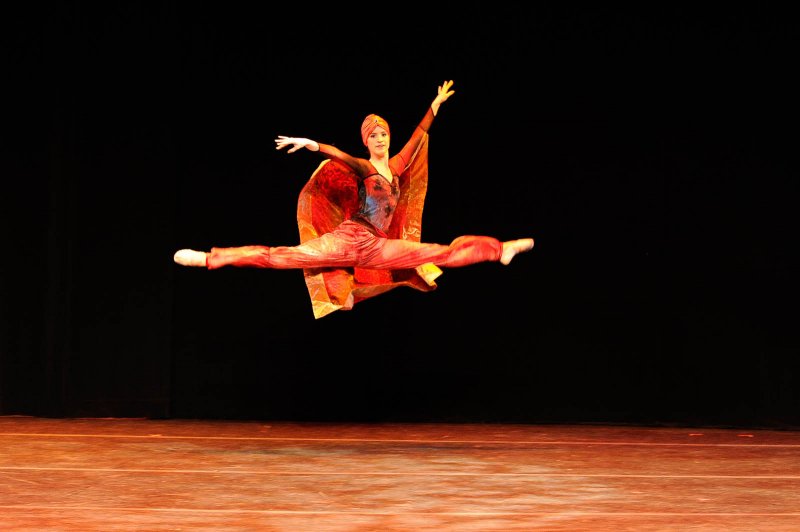Les Petits Ballets News
Ballon - Achieving Enviable Jumps
Ballon - A ballet term that refers to a dancer appearing to hover in the air when performing a jump. This light-weight and airy quality in allegro work is highly desired in ballet as it adds to the illusion of ease and weightlessness while dancing.
Although it makes jumps appear effortless, achieving enviable ballon actually takes a lot of effort and a good understanding of ballet technique basics. See below for some tips!
- Check posture and alignment - When the body is properly aligned, the dancer is able to access the strength in their muscles most optimally. Good posture allows the dancer to look calm even when performing extremely athletic feats. See our blog post on aplomb for more tips on achieving proper alignment.
- Make sure to use plié correctly - A fluid and anatomically functional plié will contribute to the efficiency of the take off and shock absorption of the landing in a jump. The dancer does not drop down and sit at the base of the plié. The movement down is strongly opposed with a lift through the abdominals so that the torso is actively supporting the movement. The weight should be distributed through the 'tripod foot' referred to in our blog post on aplomb. When coming out of the plié, there should be a feeling of pushing down through the floor. This achieves dynamic opposition, key to working with the laws of physics. This strong push through the floor on the way up in jumps can help increase elevation, adding to the ballon quality.
- Properly articulated tendus - By working on the basic mechanics of a battement tendu, articulating the foot through demi-pointe to pointe, dancers can access more power in their jumps as the feet are the last thing to leave the floor and the first to arrive on the landing. A strong push through the ankle and toes can add to the power of the plié, increasing elevation and adding to the ballon quality. That same articulation helps dancers achieve a light landing through the balls of the feet.
- Change the cadence of your jump - Spend less time in the plié and more time in the air. Think of a bouncing ball. As soon as it hits the ground, it soars right back into the air immediately. Sitting in plié will lead to a loss of momentum and will give jumps a heavy appearance, not the weightless quality desired.
- Find position in air ASAP - Not only does impressive ballon require strength and proper technique as discussed above, it also requires some trickery on the part of the dancer. Achieving the desired position in the air as soon as possible can trick the audience into believing that the dancer was suspended in the air for longer.
In conclusion, it's important to note that everything in class, from work at the barre to centre practice, prepares dancers for allegro work. The effort that is put into this work will allow for greater jumps and speed. The more time that you devote to practising the above elements, the more you will see results in your ballon. As dancers and teachers already know, this rings true for everything in ballet!
When you subscribe to the blog, we will send you an e-mail when there are new updates on the site so you wouldn't miss them.

